
Kewpie Mayonnaise: The ultimate flavor explosion from Japan
Kewpie mayo is not just any mayonnaise! Find out why it’s the world’s tastiest, how to use it and where to buy it. Click to read more!
Home » What is Masago? Everything you need to know about this Sushi Chef’s secret ingredient!
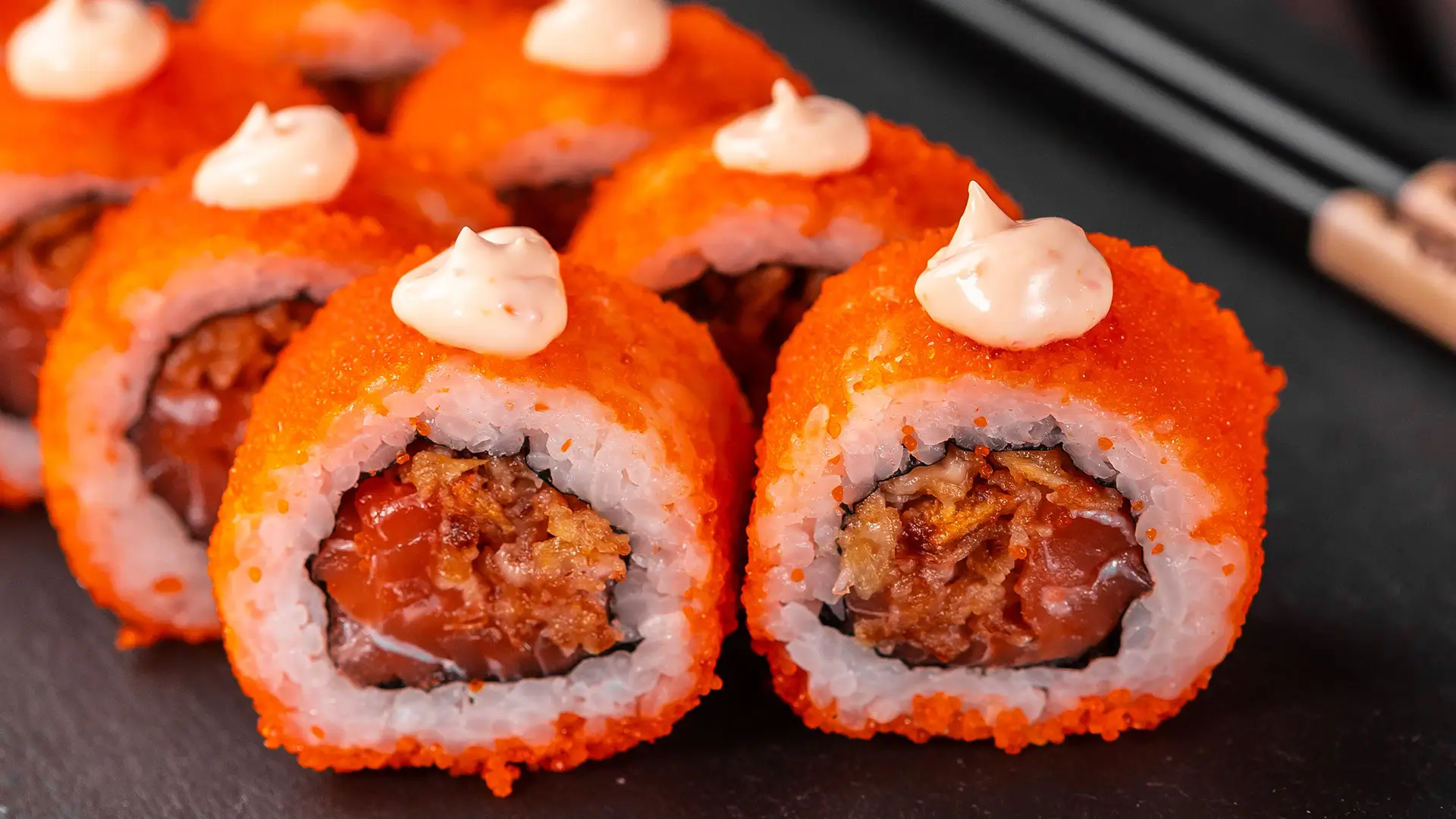
As a sushi chef and the proud owner of the School of Sushi, I’ve spent years working with ingredients that elevate sushi to an art form. One of my favorites? Masago—the tiny, vibrant fish roe that adds a delightful crunch, splash of color, and unmistakable flavor to countless dishes. Let me take you behind the scenes and share my insights into this sushi staple, its history, and how you can use it to transform your homemade sushi.
Masago, the roe of the capelin fish, comes from the cold, clear waters of the North Atlantic and Pacific Oceans. Think Norway, Iceland, and parts of Canada—regions known for their sustainable fishing practices. I love how masago’s roots are tied to these pristine environments because it reflects in its fresh, clean flavor.
The word “masago” literally means “sand” in Japanese, which makes sense when you see the eggs’ fine, granular texture. For centuries, masago has been a staple in Japanese cuisine, and it’s no surprise—it’s versatile, affordable, and visually stunning. In my own sushi workshops, I use masago not just for its taste but also because it instantly elevates the presentation of a roll.
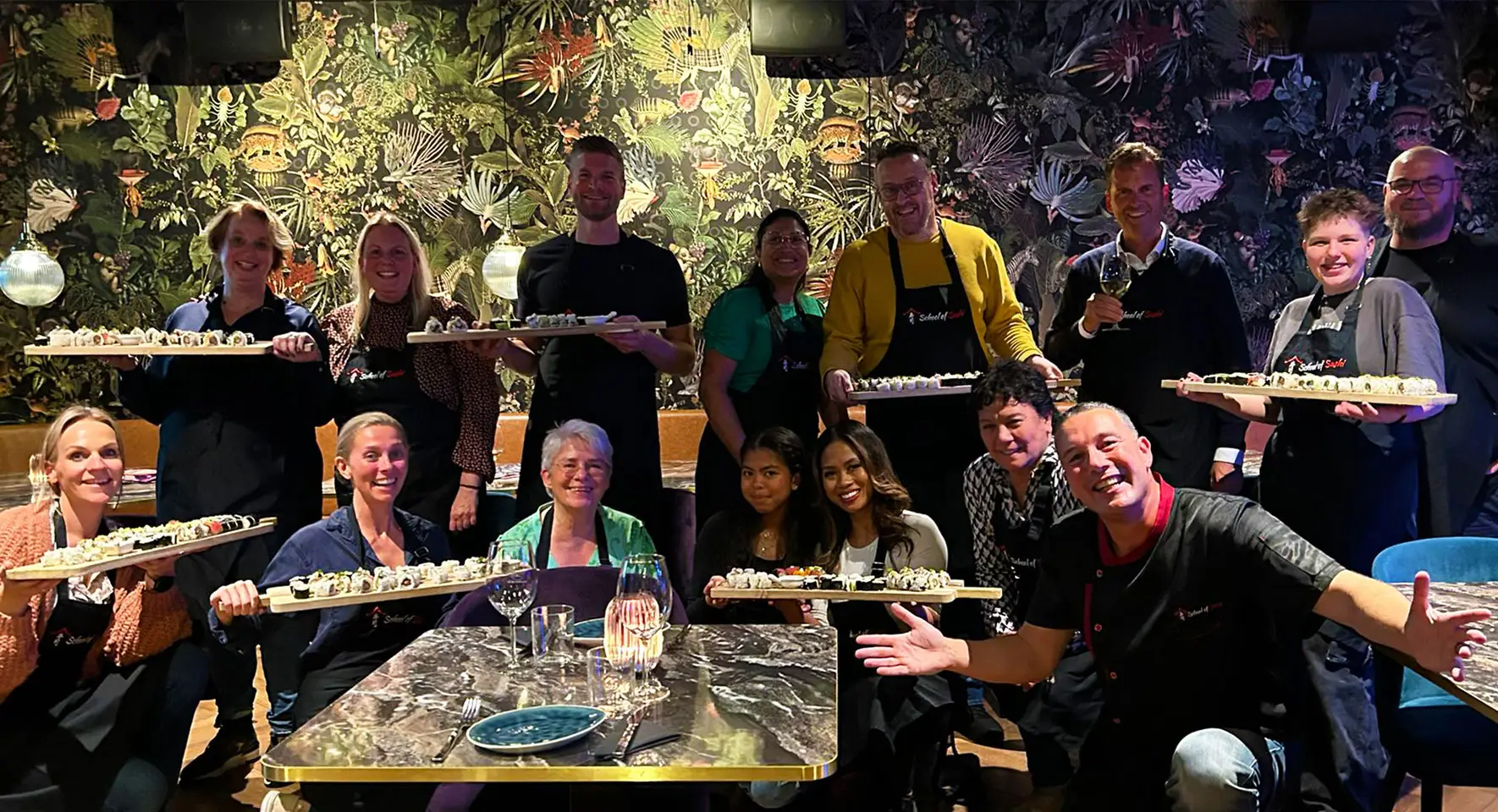
This is a question I get all the time from my students: “Is masago just another type of caviar?” The answer is no. While both are types of fish roe, they couldn’t be more different.
Caviar comes from sturgeon and is a true luxury item. Its larger, creamier eggs and buttery flavor come with a hefty price tag. Masago, in contrast, comes from the capelin fish, is smaller in size, and offers a crisp, salty burst of flavor. I personally love how approachable masago is—it’s affordable and packed with personality. Each has its place in the culinary world, but when it comes to sushi, masago’s versatility makes it a go-to ingredient for me.
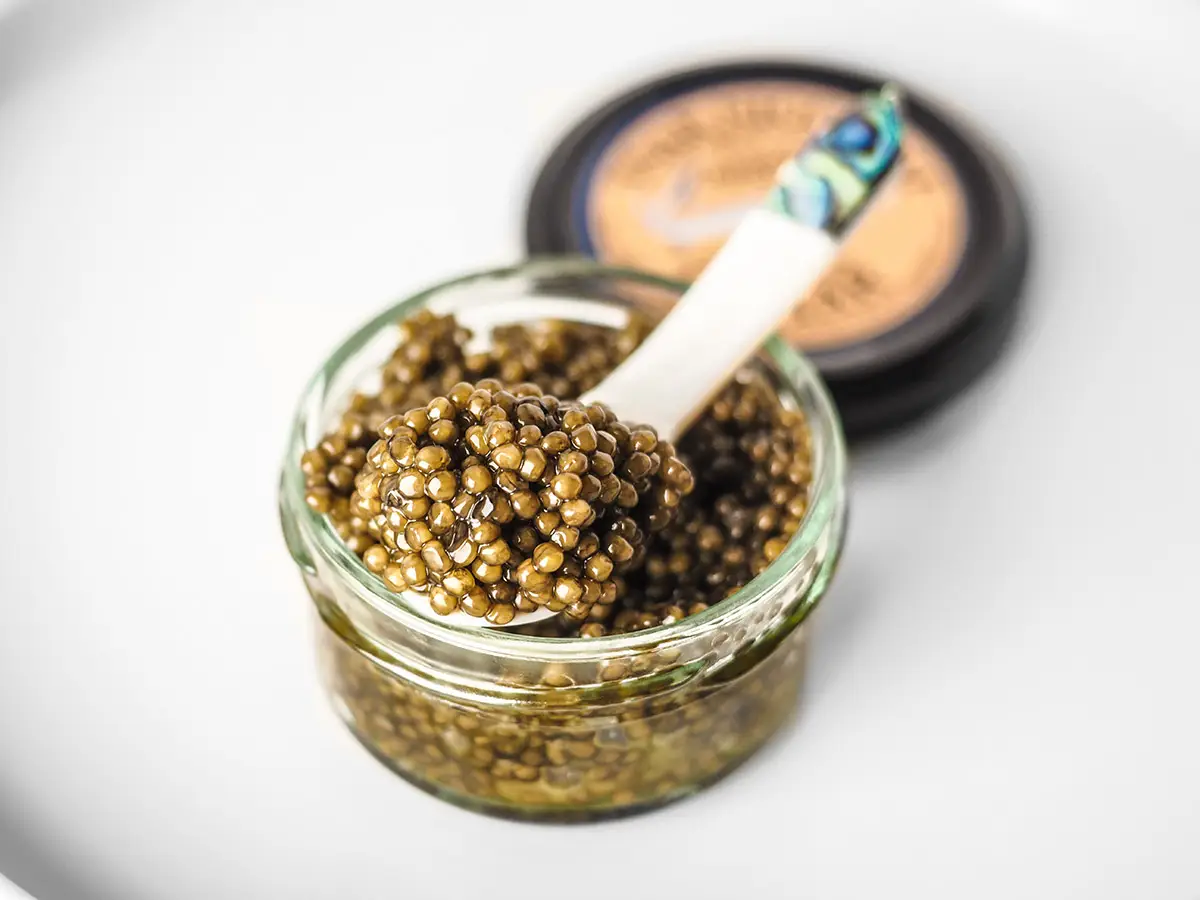
Another common question I hear is, “What’s the difference between masago and tobiko?” While they might look similar, they’re actually quite distinct. Tobiko, the roe of the flying fish, is slightly larger than masago and has a firmer texture with a more pronounced “crunch.” It also has a bolder, smokier flavor, making it a standout ingredient.
Masago, on the other hand, is smaller, softer, and more subtle in taste. It’s also more affordable, which is why I often use it as a cost-effective alternative to tobiko in my workshops and recipes. That said, both are fantastic in sushi, and depending on the dish, I might use one over the other—or even combine them for a colorful, textured topping. The best part? Experimenting with both lets you decide which one works best for your creations!
Deep dive into the world of Tobiko with my extended guide right here!

This is where masago truly shines. Good masago has a delicate balance of salty and sweet, with a hint of the ocean that’s never overwhelming. It’s less intense than tobiko or caviar, making it perfect for enhancing, rather than overpowering, the other ingredients in sushi.
What I love most, though, is the texture. Those tiny eggs give a subtle crunch—a little “pop” that’s incredibly satisfying. Whether you’re topping a California roll, a delicious maki or adding it to a handroll, masago delivers that extra touch that makes sushi unforgettable.

When I’m sourcing masago, I go for quality every time. You’ll usually find it in the freezer section of Asian supermarkets or specialty fish markets. My advice? Look for vibrant, bright colors—orange, red, black, or even green (wasabi-flavored). Avoid any masago that looks dull or grayish.
Freshness is everything. Always check the expiration date, and don’t hesitate to ask about its origin. Sustainably sourced masago not only tastes better but also supports responsible fishing practices, something I’m passionate about sharing with my workshop participants.
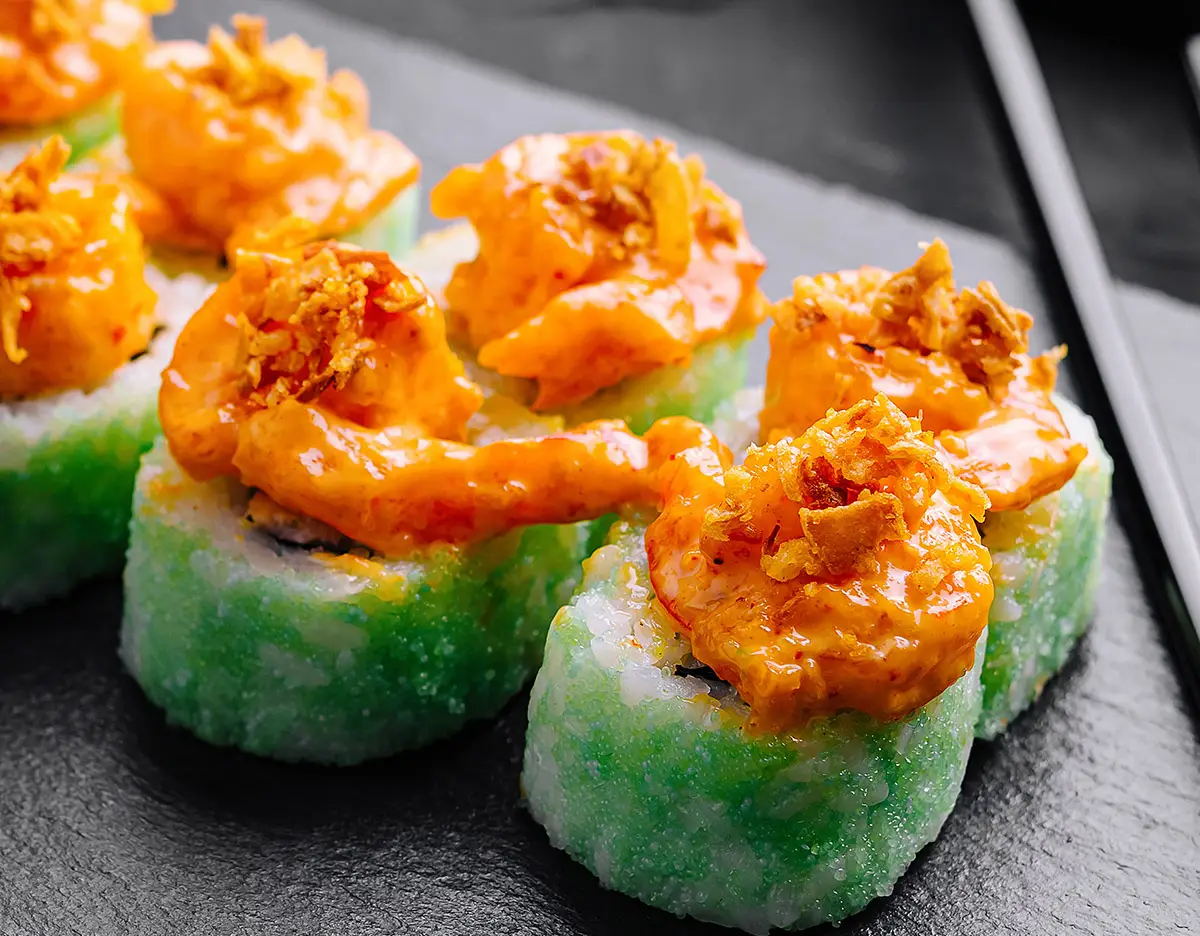
Now, here’s the fun part: getting creative with masago in your sushi! Personally, I love sprinkling it over California rolls to give them that vibrant pop of color and texture. Or to blend it with a lovely salmon tartare to add that extra spark. But my favorite trick? Mixing masago into my homemade spicy Sriracha mayonnaise.
This sauce—made with creamy Kewpie mayo, a twist of lime and a hit of Sriracha—takes sushi rolls like tempura shrimp or spicy tuna to the next level. The salty, crispy masago adds a layer of complexity that always wows my guests. Trust me—it’s a game-changer!
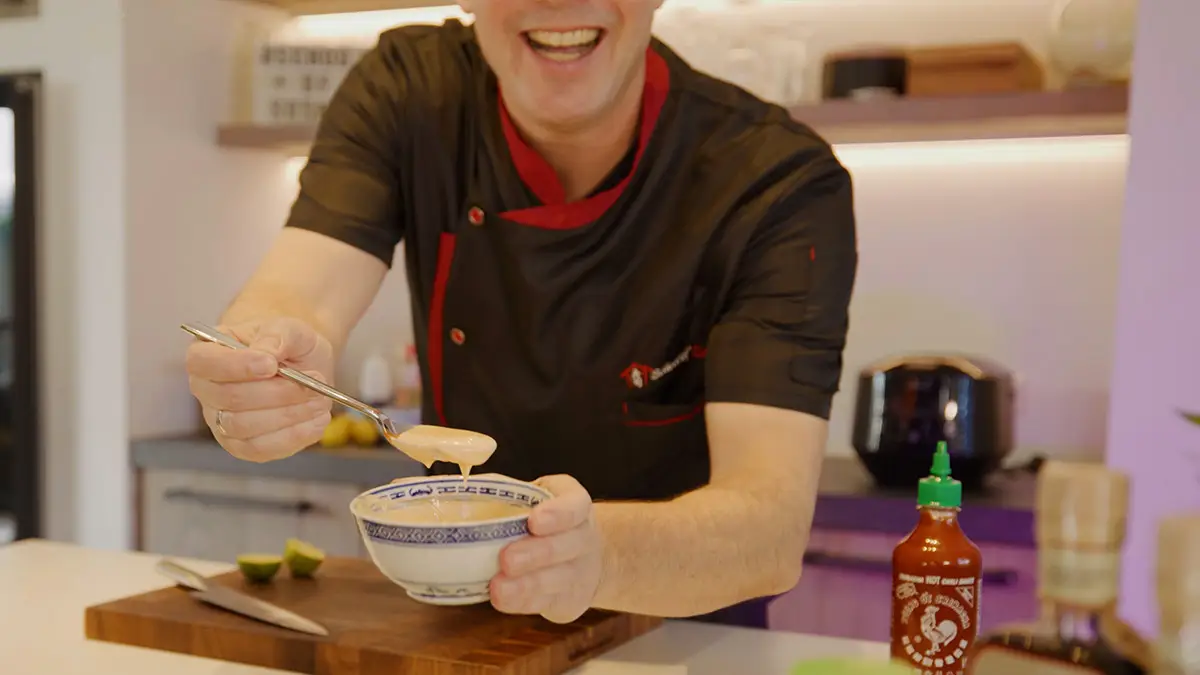
For those new to masago, I always suggest starting simple. Try adding it as a garnish to a lovely poke bowl or sprinkling it over a smoked salmon salad. This way, you can get a feel for its unique flavor and texture without overwhelming your dish.
Once you’re comfortable, experiment with it on sushi rolls. Trust me, you’ll quickly discover how this tiny ingredient can elevate your homemade sushi to restaurant-level quality.
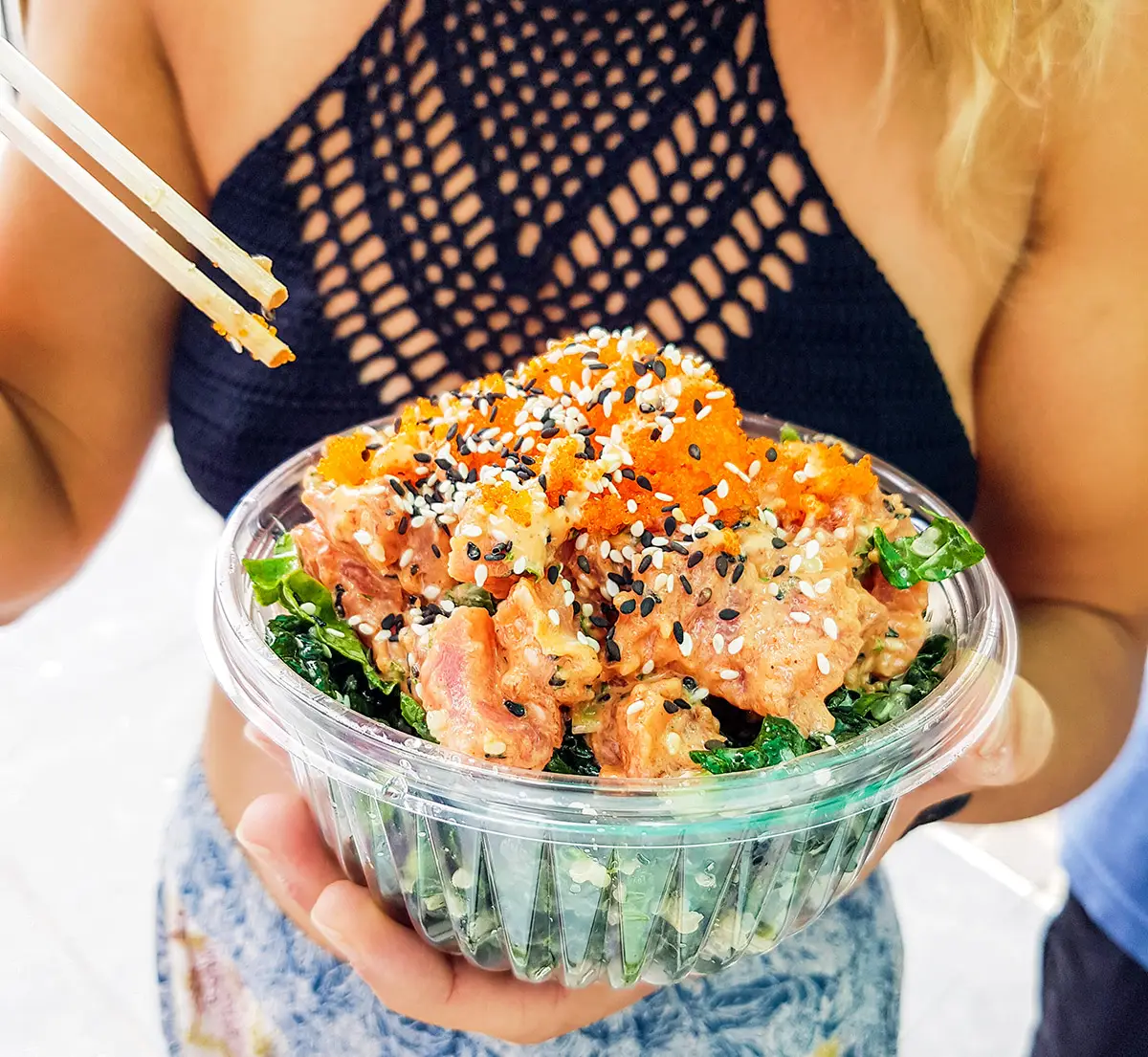
As a chef, I know how crucial proper storage is to maintain freshness. Masago should be kept in an airtight container in the refrigerator and used within a week once opened. If you’re not planning to use it all at once, freezing is an excellent option. Divide it into small portions, so you only defrost what you need—remember, thawed masago should never be refrozen.
For me, masago is more than just an ingredient; it’s a way to connect people to the beauty of sushi. At my School of Sushi, I’ve seen how this humble roe transforms a simple dish into something extraordinary. It’s affordable, easy to use, and endlessly versatile.
So, whether you’re a seasoned sushi enthusiast or just starting out, I encourage you to give masago a try. Once you experience its flavor, texture, and visual appeal, you’ll see why it’s a staple in my kitchen—and why it should be in yours, too.
Let’s get rolling! 🍣

Sushi chef and founder of the School of Sushi. Making your own sushi is easier and more fun than you think! Through workshops and online courses, I’ll show you how to roll delicious sushi for your friends & family. Ready to roll?
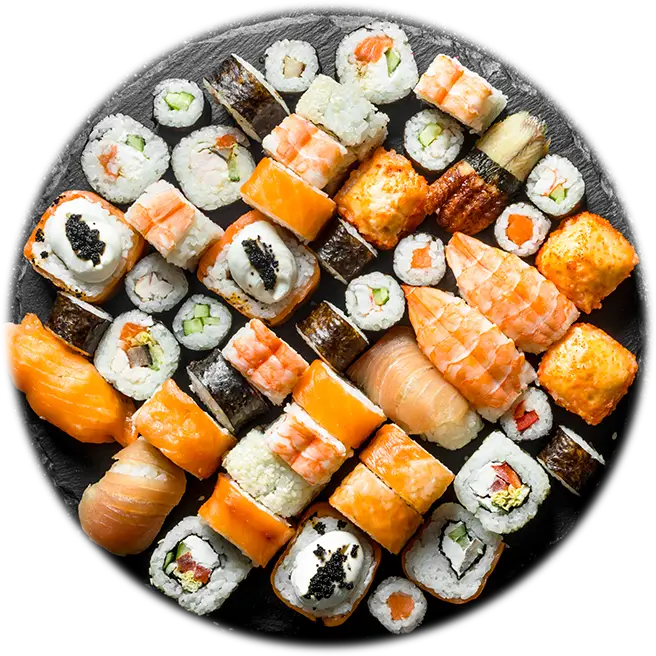
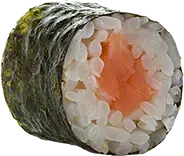

Kewpie mayo is not just any mayonnaise! Find out why it’s the world’s tastiest, how to use it and where to buy it. Click to read more!
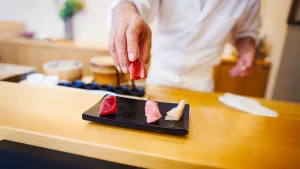
The 10 unwritten rules for an authentic Omakase experience-learn how to respectfully enjoy the sushi chef’s masterpieces in a restaurant!

Impress family & friends with authentic flavor. Start cooking like a pro.

My honest answer to the most frequently asked for question right now: Is making sushi by yourself difficult? No. Now let me tell you why.
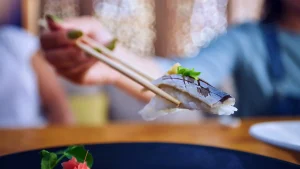
When do Japanese people eat sushi? From daily habits to special occasions, learn when this iconic dish is most enjoyed!

Learn the ultimate difference between Japanese knives and Western knives, and find out which one fits best in your kitchen. Check out my advice here!
Try it out for free
Making your own Sushi at home? It’s not difficult at all.
Download my free guide with delicious sushi recipes now and from now on you can conjure up the most delicious maki, nigiri and gunkan sushi yourself.
From beginner to advanced sushi chef, my recipes are a treat for everyone!
Where do I need to send it?
Phone: +31 (0)6 12 91 44 99
E-mail: rik@schoolofsushi.com
Web: https://schoolofsushi.com
Chamber of Commerce 28109089
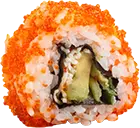



Master the art of sushi-making at home with my fun online course, featuring 50+ step-by-step videos, expert tips, and delicious recipes to impress your loved ones!